Also known as wire forms, these objects are extremely diverse and used in a range of industries. Wire products are vital to the success of music, electronics and electricity, lighting, plumbing, parts manufacturing, food processing, medical, agricultural, automotive, aerospace, material handling and machining industries among others. Read More…
Acme Wire Products provides close tolerance wire fabrications using steel and stainless steel. Customized applications include a wide range of wire forms for many different applications. Acme works with wire from .050 to .500 diameter.

CUSTOM "Spring & Wire Form Specialists" - Ace Wire Spring & Form incorporates the latest CNC equipment technology to manufacture compression, extension, torsion springs, complex wire forms, and spring assemblies. We offer consistent quality, lower costs, on-time deliveries, and Design Engineering Assistance. Range from prototypes to long production runs - Family owned & operated since ...

Apex Spring & Stamping is a certified minority owned company that manufacturers springs, stampings, wire forms, clips, and fasteners. Our core industries include automotive, office furniture, medical, recreational, consumer goods, and appliances. We also specialize in value added assembly and prototyping. Our engineering team will ensure your part is both functional and cost-effective. IATF 16949 ...

Smith & Richardson, Inc. is a leading provider of precision machining services, offering an extensive range of capabilities including CNC Swiss machining, Wire EDM machining, vertical and horizontal machining, CNC milling, CNC turning, assembly services, and more. With a strong commitment to quality and innovation, we serve the medical, aerospace, casting, and automotive industries, delivering...

At Elyria Spring & Specialty, LLC, we are proud to offer a wide array of high-quality wire forms and comprehensive solutions tailored to meet the diverse needs of our valued customers. With a rich history of expertise and a steadfast commitment to excellence, we have established ourselves as a trusted leader in the wire forming industry. Our product portfolio encompasses a diverse range of wire...

Here at Anderson Quality Spring Manufacturing, Inc., we take great pride in our position as a leading provider of wire forms, offering a comprehensive range of products, services, and capabilities to meet the diverse needs of our valued clientele. With our unwavering commitment to excellence and extensive expertise in wire forming technology, we stand ready to deliver innovative solutions that...
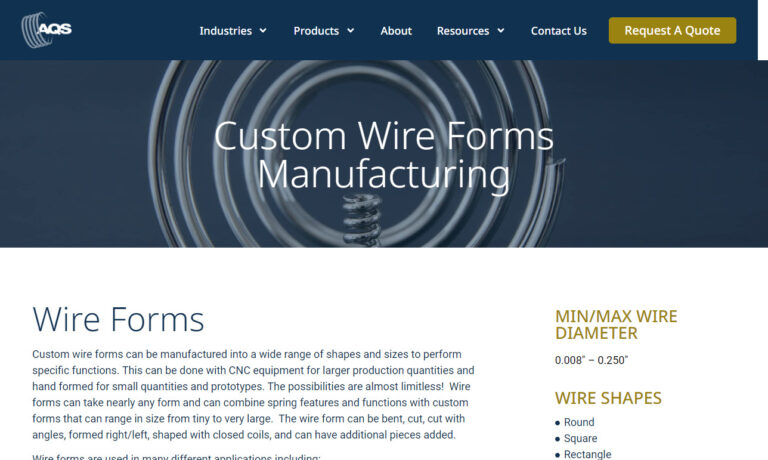
At New England Spring, we pride ourselves on being a premier provider of high-quality wire forms and comprehensive solutions tailored to meet the diverse needs of our valued customers. With decades of experience and a steadfast commitment to excellence, we have established ourselves as a trusted leader in the wire forming industry. Our product portfolio encompasses a wide range of wire forms,...

More Wire Fabrication Manufacturers
Wire fabrications include wire hooks, clips, pins, rings and other fastening devices as well as wire displays such as shelves, racks and grids. Wire baskets are also used as displays and organizational tools as well as for water or air filtration.
Wire screens also block and remove debris from an air or water source as do wire guards which offer increased worker safety in many industrial. The use of wire has become increasingly popular as such parts are lightweight with excellent airflow, inexpensive and easily produced.
Accessibility is also expanded through the use of wire fabrications which are commonly available in standard or stock forms. Custom wire fabrication is also provided at many manufacturing and retail locations though services may vary considerably among facilities.
As technology increases so do the production capabilities of wire forming and assembly operations which produce ever smaller and more complex components.
To accommodate a growing need for wire fabrications, such products are made out of a number of different materials. Ferrous, non-ferrous and even precious metals are commonly used in the creation of wire parts.
Brass, stainless steel, steel, iron, titanium, tungsten copper, aluminum, nickel, platinum and virtually any type of metal may be used in the production of wire. Plastic wire is also available, though less common and often times less applicable. There are several contributing factors that must be considered when selecting a wire material.
Such features include ductility, malleability, electrical and thermal conductivity, tensile and impact strength, magnetism, dimensions and corrosion resistance. The processing techniques employed on a wire form should also be of concern as they will impact the aforementioned qualities as well as the final product.
Wire is created when stock materials are drawn or forced through a series of progressively smaller dies which trim the material to a predetermined diameter. These thin, long strands of metal have a round, oval or shaped cross-section as desired.
Coil making or roll forming is the next step in the process which creates stock metal shapes that may then be straightened, bent, cut or otherwise treated. Secondary treatments such as painting, annealing, coating and more heighten the versatility of wire fabrications and it is important to be certain that wire parts are fabricated and finished in a manner that will suit the environment in which they will be used.






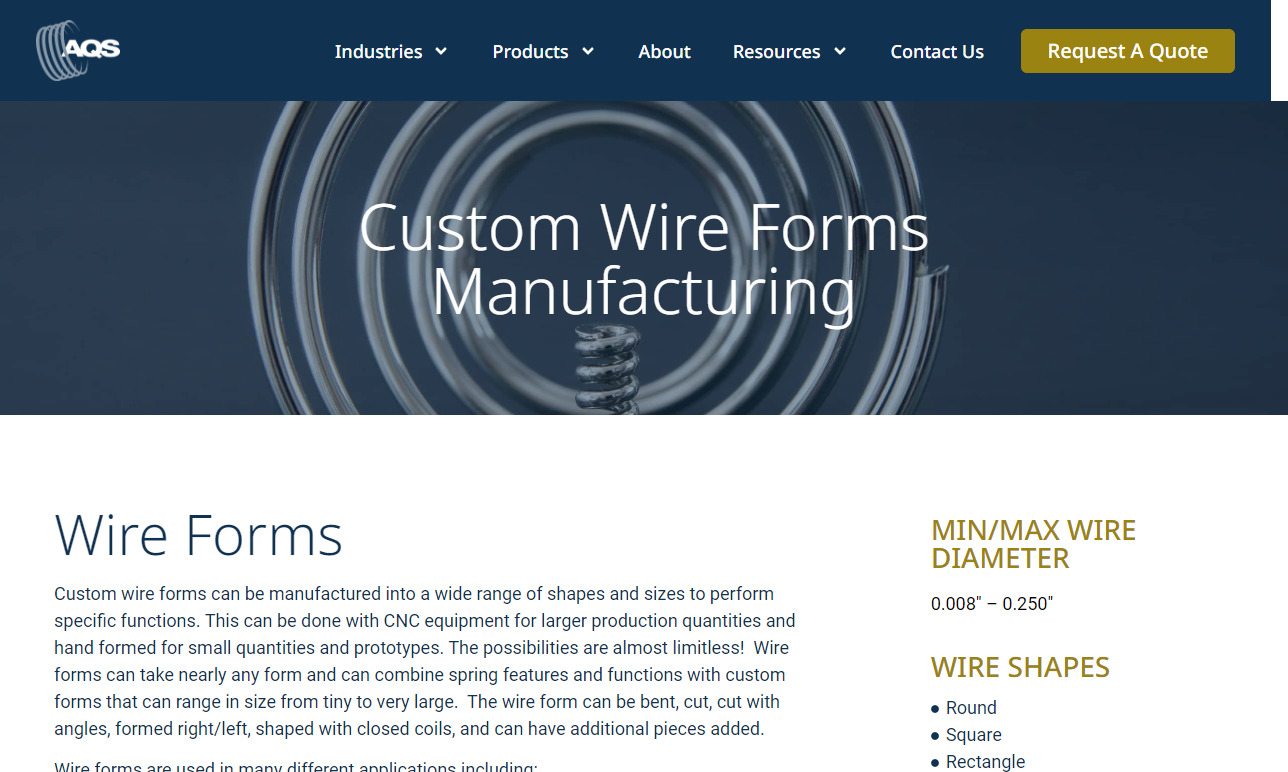

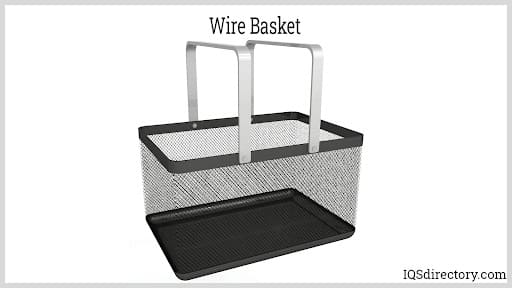
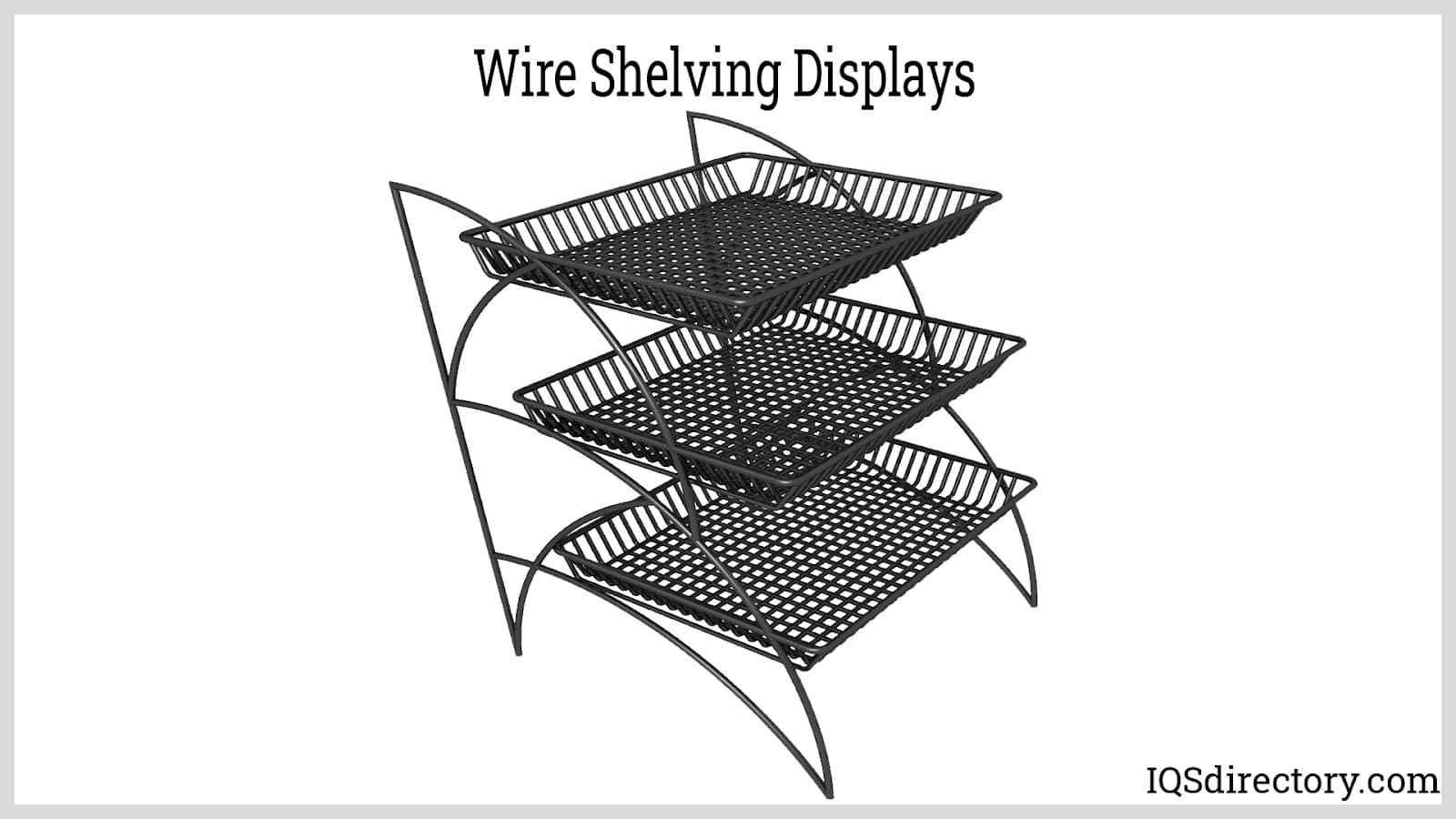
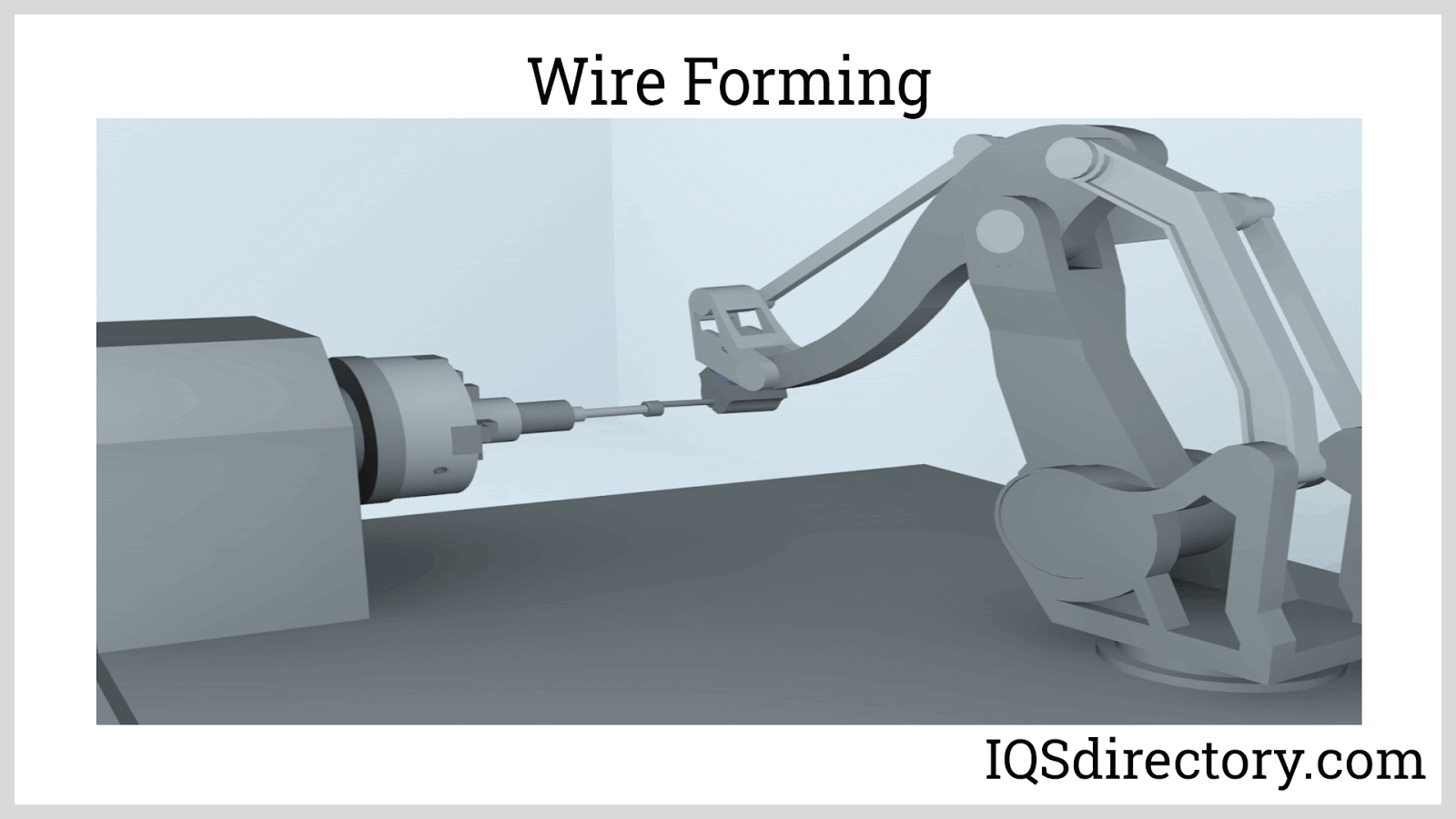
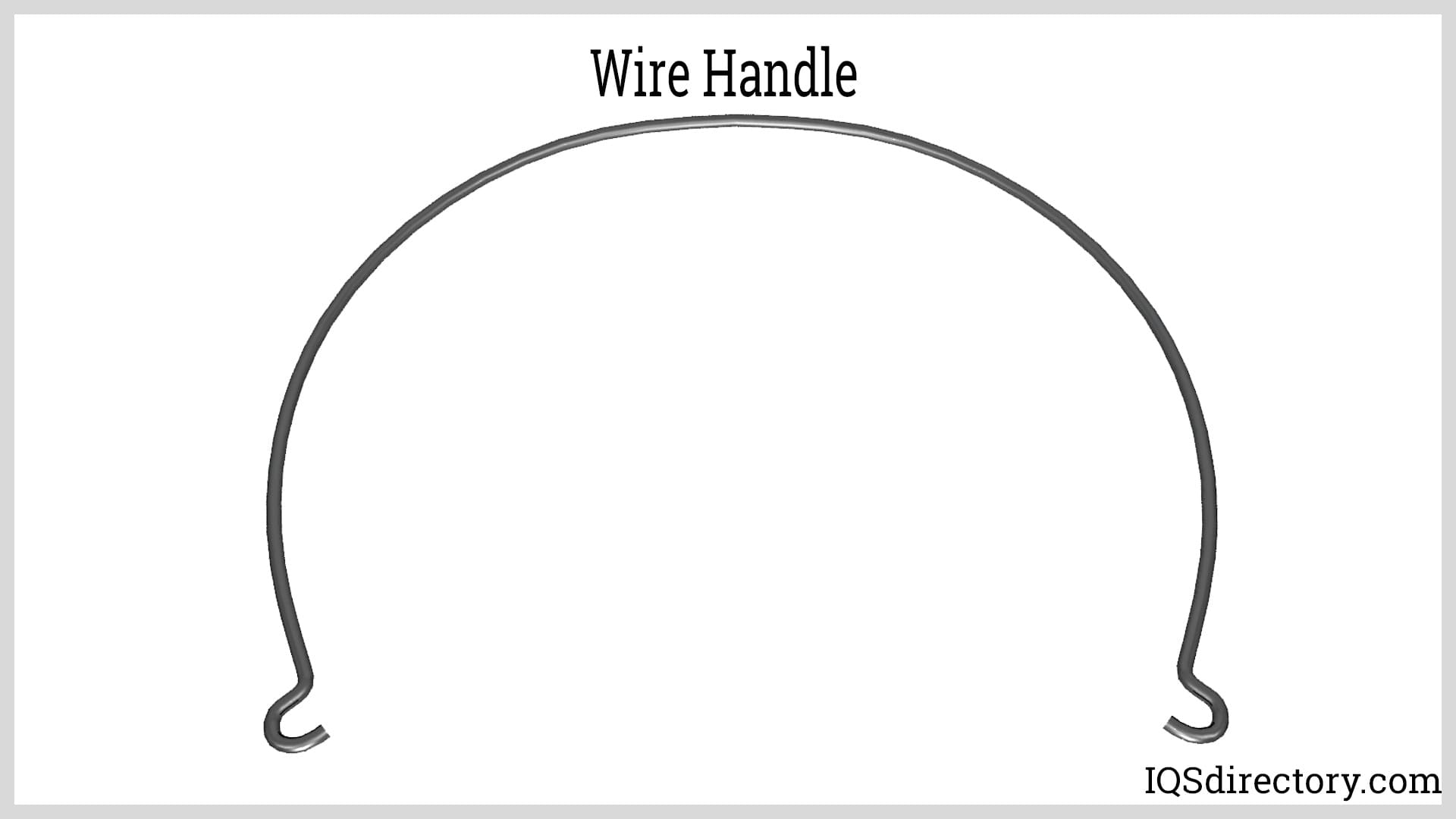
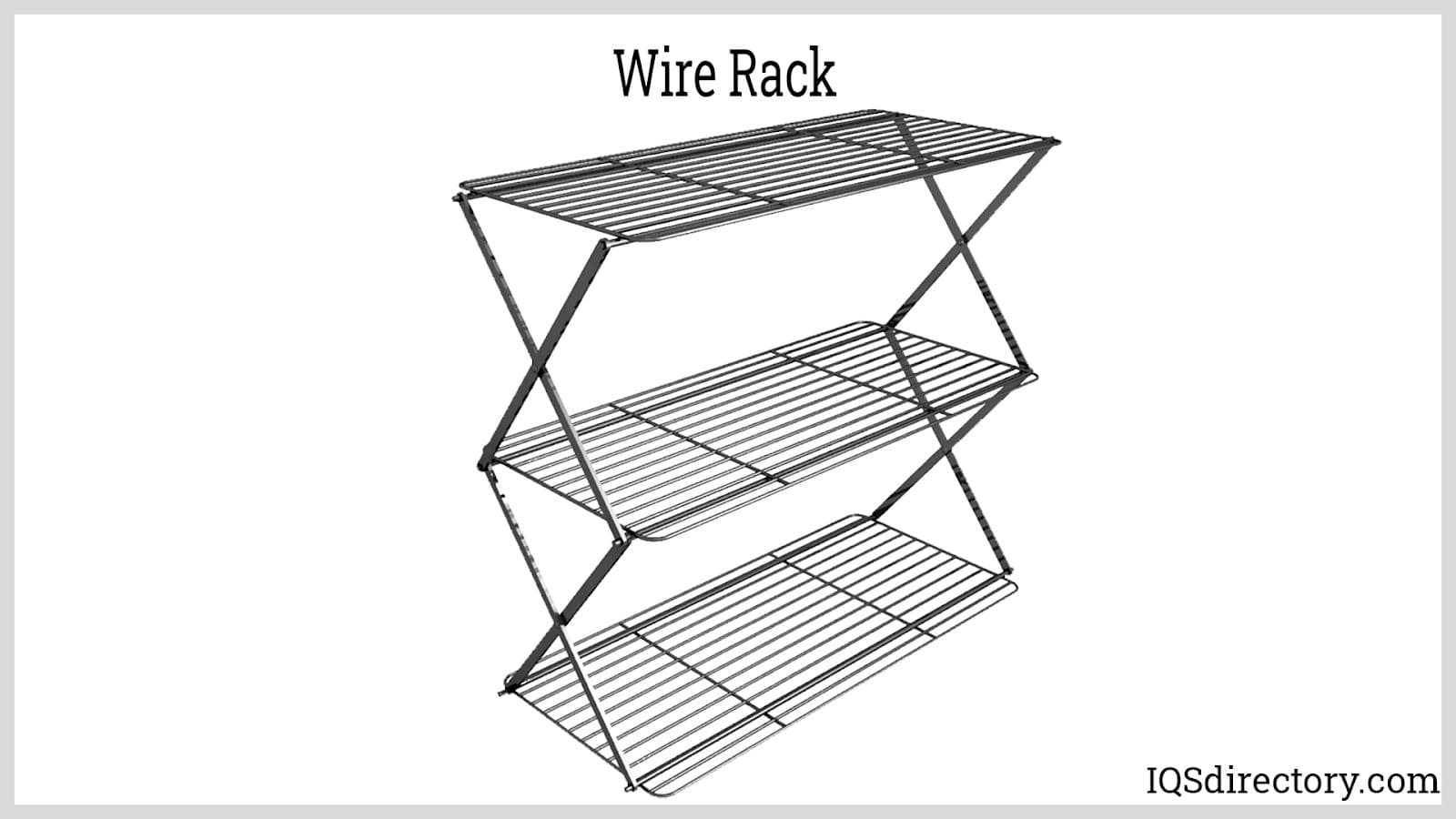
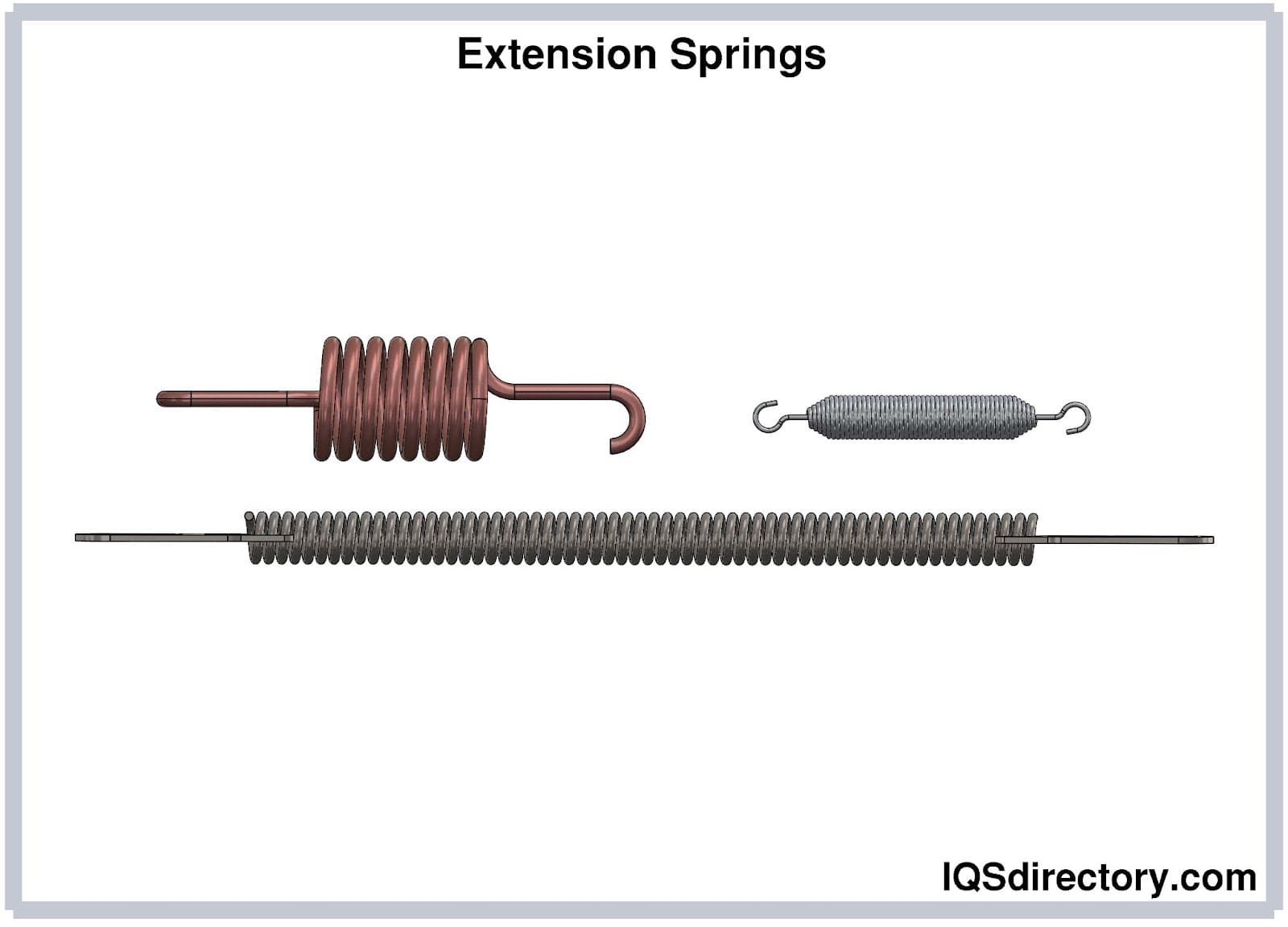
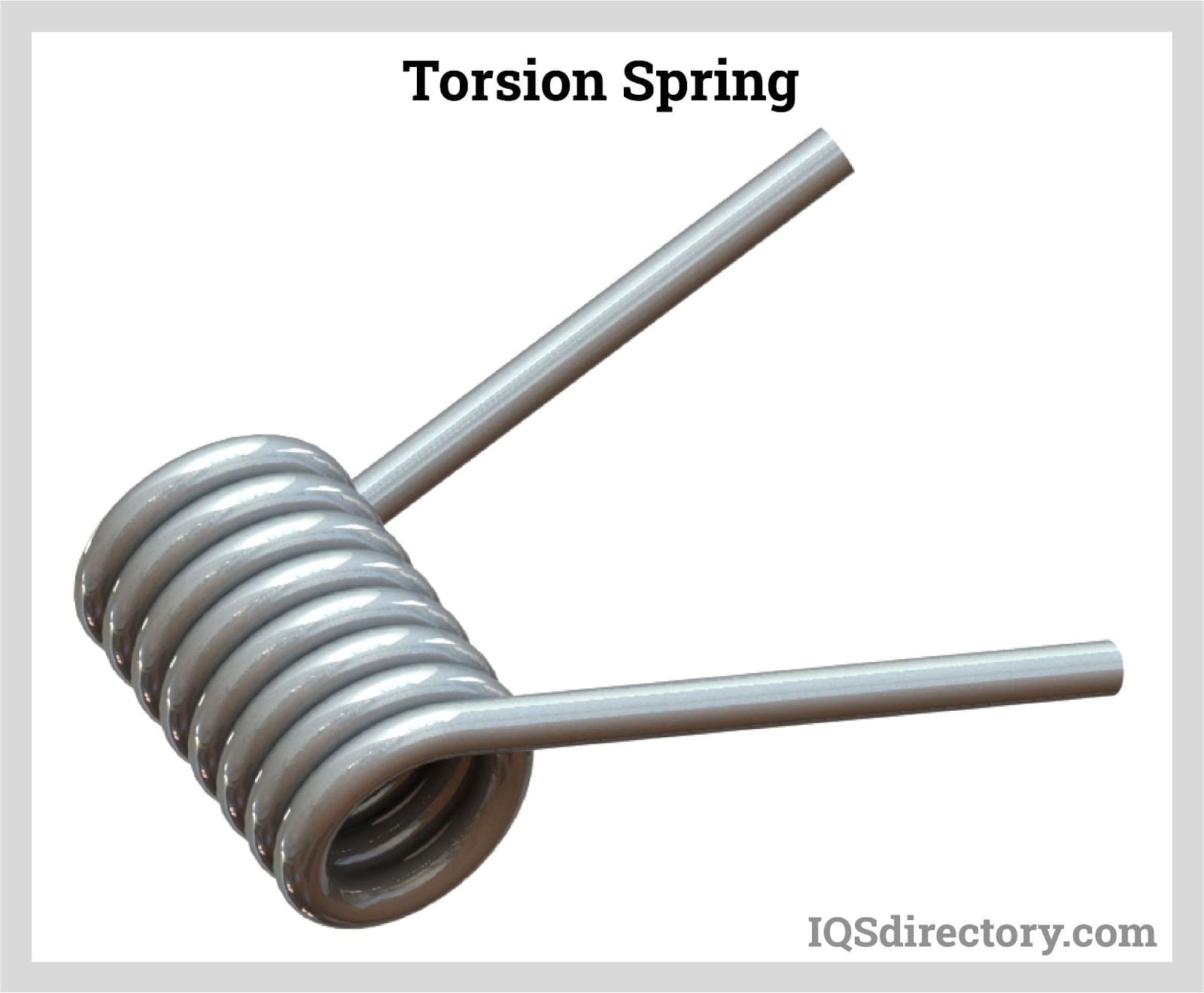
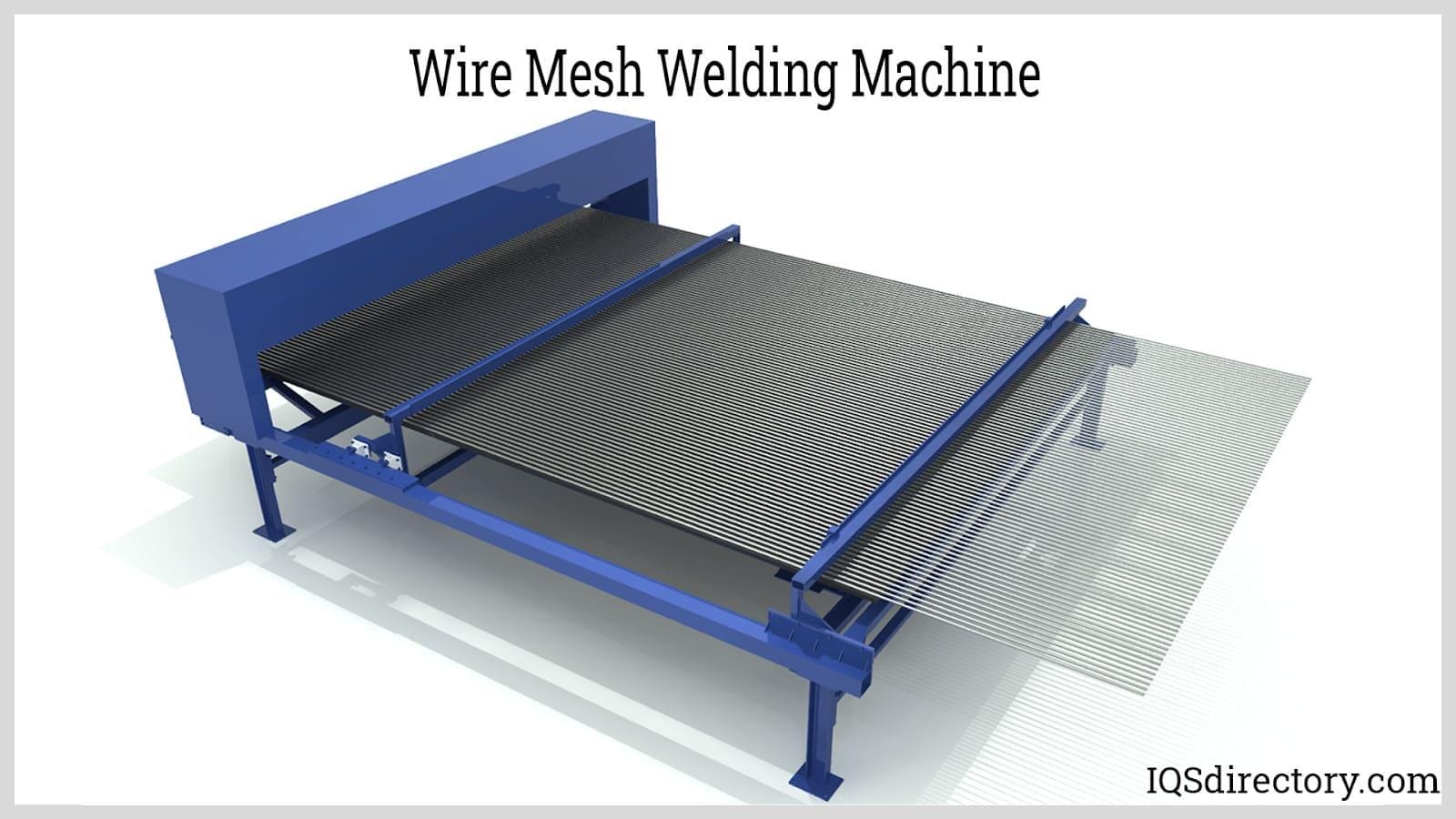
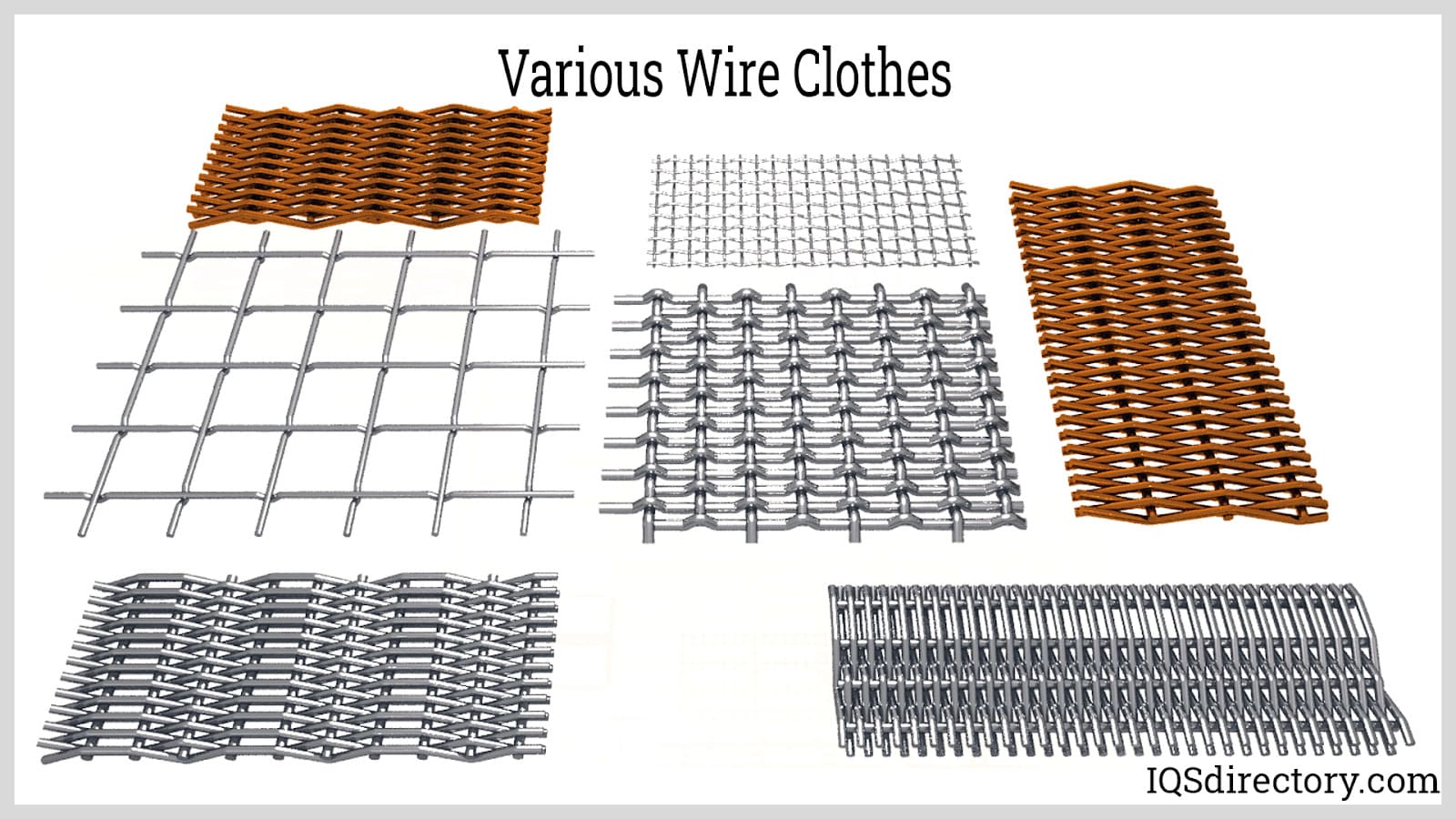
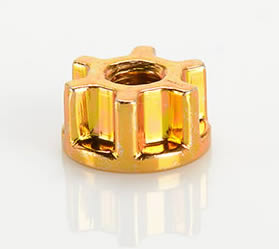 Cold Headed Parts
Cold Headed Parts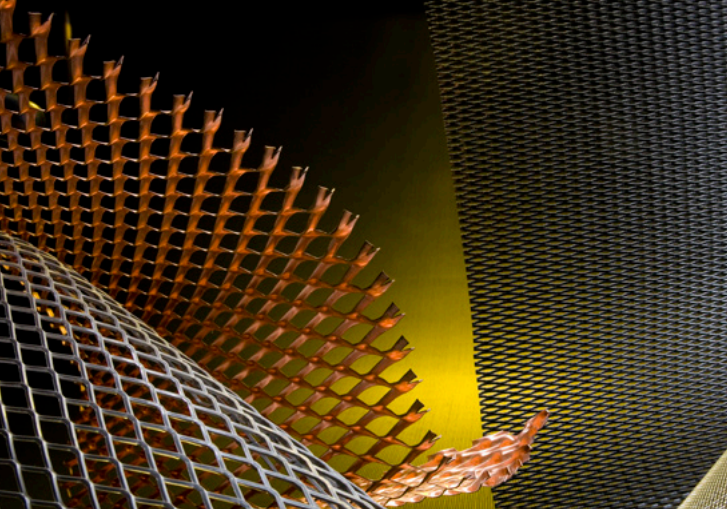 Expanded Metals
Expanded Metals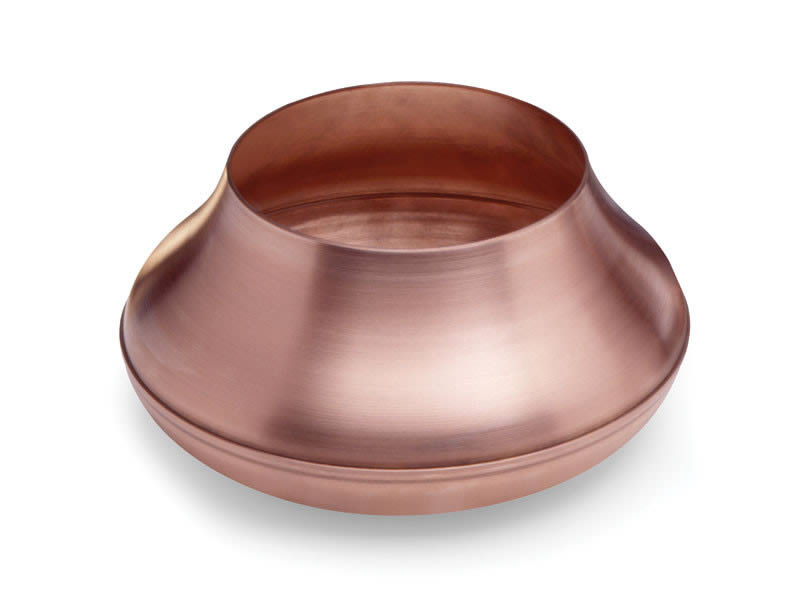 Metal Spinning
Metal Spinning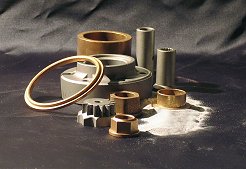 Powdered Metal Parts
Powdered Metal Parts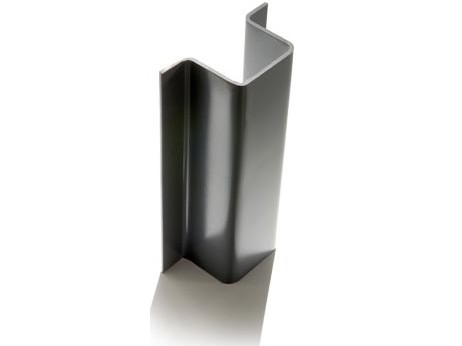 Roll Forming
Roll Forming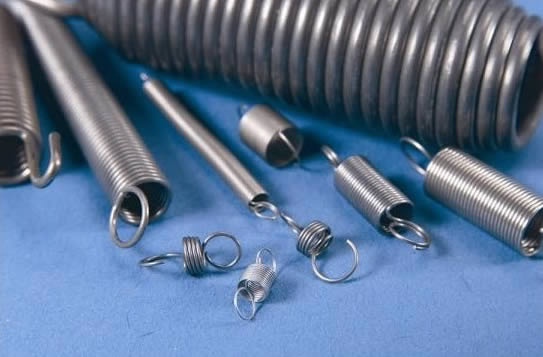 Springs
Springs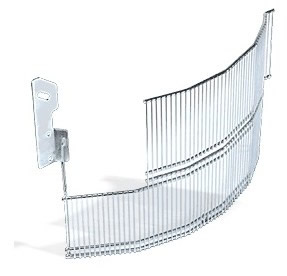 Wire Forms
Wire Forms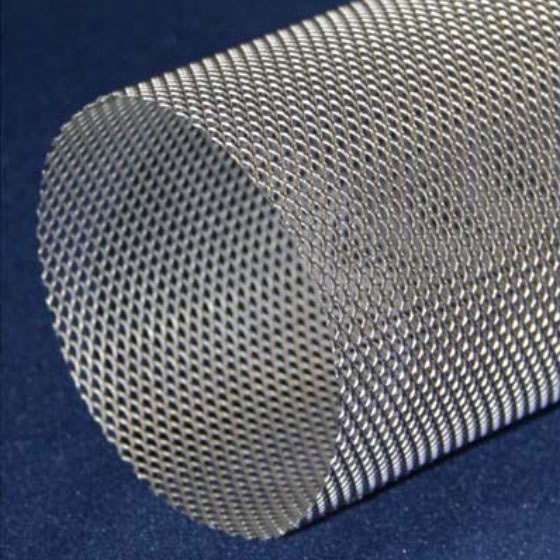 Wire Mesh
Wire Mesh Castings & Forgings
Castings & Forgings Bulk Material Handling
Bulk Material Handling Electrical & Electronic Components
Electrical & Electronic Components Flow Instrumentation
Flow Instrumentation Hardware
Hardware Material Handling Equipment
Material Handling Equipment Metal Cutting Services
Metal Cutting Services Metal Forming Services
Metal Forming Services Metal Suppliers
Metal Suppliers Motion Control Products
Motion Control Products Plant & Facility Equipment
Plant & Facility Equipment Plant & Facility Supplies
Plant & Facility Supplies Plastic Molding Processes
Plastic Molding Processes Pumps & Valves
Pumps & Valves Recycling Equipment
Recycling Equipment Rubber Products & Services
Rubber Products & Services